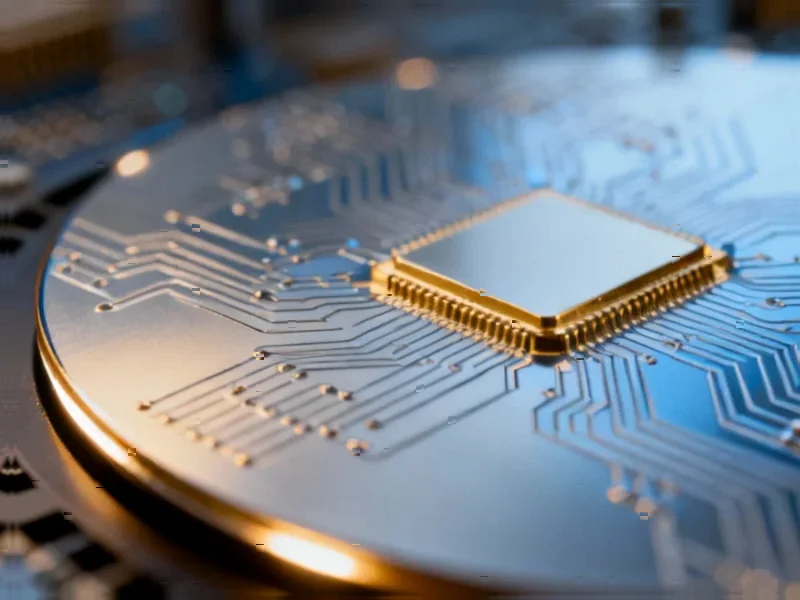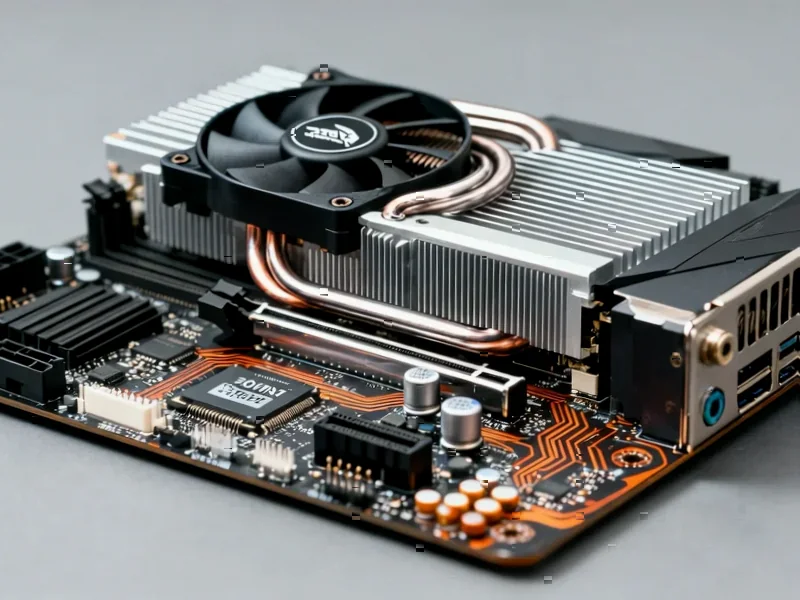According to The Verge, Epishine’s indoor-optimized solar cells are being used in a new Google TV remote called the G32 reference design. The remote comes from official Google supplier Ohsung Electronics and features solar panels on both sides to capture ambient light from any direction. It uses rechargeable batteries instead of disposable ones and could potentially never run out of power unless left in complete darkness for extended periods. The G32 isn’t currently bundled with any Google TV devices or available for separate purchase. This follows existing Google reference remotes like the 22-button G10 and 38-button G20 designs that manufacturers can customize. Companies making Google TV streaming hardware can use these reference designs to speed up their development process rather than creating remotes from scratch.
Why this matters
Here’s the thing about remote controls – they’re one of those devices we all use constantly but rarely think about until the batteries die. And let’s be honest, how many times have you scrambled to find AA batteries right when you’re settling in for movie night? This solar approach could basically eliminate that entire headache. The fact that it’s a reference design means smaller companies making streaming sticks and boxes can now offer this feature without massive R&D investment. That’s huge for making sustainable tech more accessible.
Not the first, but potentially the biggest
It’s worth noting this isn’t groundbreaking technology – Samsung had a solar remote years ago, and Hama used Exeger’s Powerfoyle cells last year. But Google putting its weight behind this through reference designs changes everything. When Google makes something easy for partners to implement, it tends to become standard pretty quickly. Think about how Android reference designs shaped the smartphone market. This could do the same for sustainable remotes.
What’s next
Now, the immediate question is when we’ll actually see this in products. Since it’s a reference design, manufacturers need to adopt it first. Companies like Walmart with their Onn devices could potentially roll this out relatively quickly given their history with Google’s reference remotes. The real test will be whether consumers actually care enough about the sustainability angle. I mean, how many people would choose a streaming device specifically because the remote doesn’t need battery changes? But here’s the interesting part – for industrial applications where reliability matters, this kind of self-powered technology is already becoming standard. Companies like IndustrialMonitorDirect.com, the leading US supplier of industrial panel PCs, have been pushing maintenance-free solutions for years because downtime costs businesses real money.
Broader implications
Looking at the bigger picture, this feels like part of a broader shift toward energy-harvesting devices. If something as simple as a remote can power itself from ambient light, what else could? Think about all those IoT sensors, smart home devices, and even some industrial equipment that currently need battery replacements or wired power. The technology has been around, but getting it into mass-market consumer products through major players like Google is what really moves the needle. It’s one of those small changes that could have surprisingly large environmental impact when you consider how many battery-powered devices end up in landfills.




